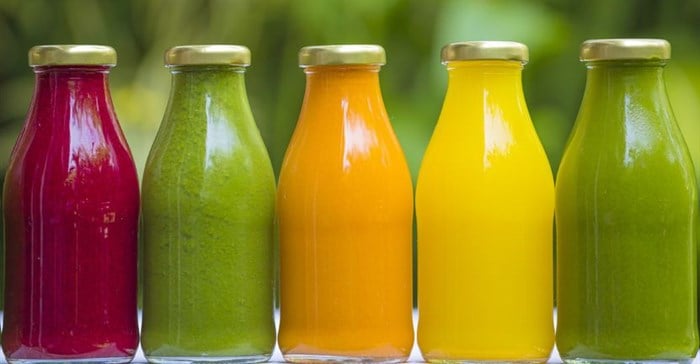
Top stories


LegalCape Town estate agent dupes seller in elaborate property scam, court intervenes
Anelisa Zungu and Renel Fourie 20 hours




More news




...it is one value chain with the farmer at the beginning and the consumer at the end. Strategically, it is crucial to be informed about consumer trends and behaviour as there is a mutual dependency between farmer and consumer.
Previously, the focus was rather fragmented and limited to only the sequential process in the value chain, e.g. from farm to processing. Recently the significance of a more strategic and integrated approach has been recognised together with the advantages of adding value and consequently eliminating some cost building intermediaries.
In essence, it is one value chain with the farmer at the beginning and the consumer at the end. Strategically, it is crucial to be informed about consumer trends and behaviour as there is a mutual dependency between farmer en consumer. However, different consumers have different needs. In South Africa, there are quite a number of higher end niche markets as well as a large, albeit heterogeneous middle class. Therefore, it is important to understand the different consumer market segments in order to supply food according to their needs. Consumer research furthermore needs to be an ongoing process as consumer needs and preferences change over time due to numerous influences such as socio-demographic and personal factors.
Always start with the bigger picture and carefully analyse changes in the macro environment as well as population data, e.g. a growing population, an aging population and urbanisation. Think practically about the implication of these trend drivers, e.g. urbanisation, cluster living and smaller houses with less storage space are often the result. On its turn, urbanisation will drive the need for smaller, individually packaged food with less bulk buying and more out of home meals. Therefore, aim to first understand what the trend drivers are and then identify the resulting opportunities.

Health and convenience remain some of the biggest trends, especially in the higher income segments. For example, consumers on the go are snacking on healthier options such as nuts, fruit and trail mixes while popcorn is also one of the fastest growing snack categories in South Africa. As a result, popcorn-specific maize cultivars are being planted to supply according to the growing demand. Consumers, furthermore, increasingly seek healthy, individually packed meals and ready-to-drink beverages suitable for time pressed lifestyles. With information readily available through mobile internet access, consumers are also more knowledgeable and are concerned about animal welfare and sustainable farming.
Currently, new product development and innovations are at an all-time high. Categories such as the ready-to-drink beverages (RTD’s) have seen significant growth with a strong emphasis on health, e.g. cold pressed fruit and vegetable juices, smoothies and vitamin and probiotic waters. Also, with diabetes a global epidemic, a lot of new product development efforts involve sugar reduction, sugar replacements and low GI alternatives. Short ingredient lists, “clean labels”, less refined, raw and unprocessed product alternatives are increasingly on offer to the health conscious consumer together with healthy, individually packaged meals.
